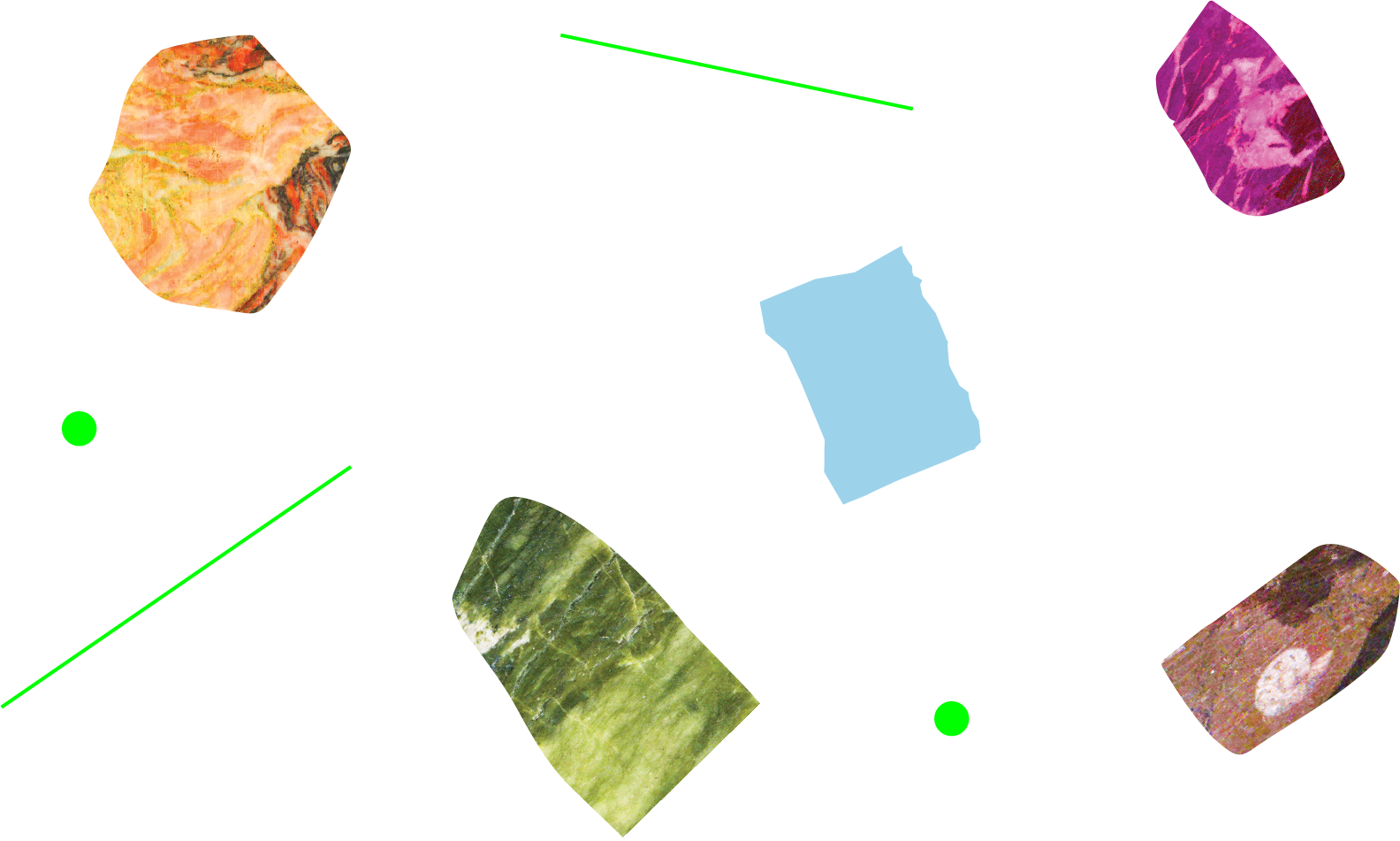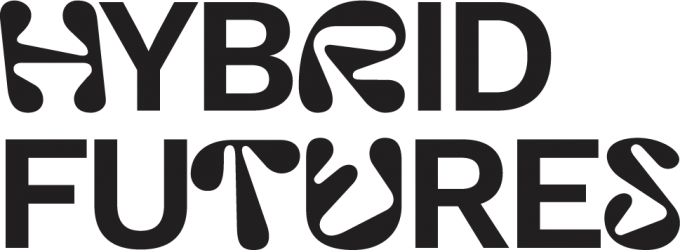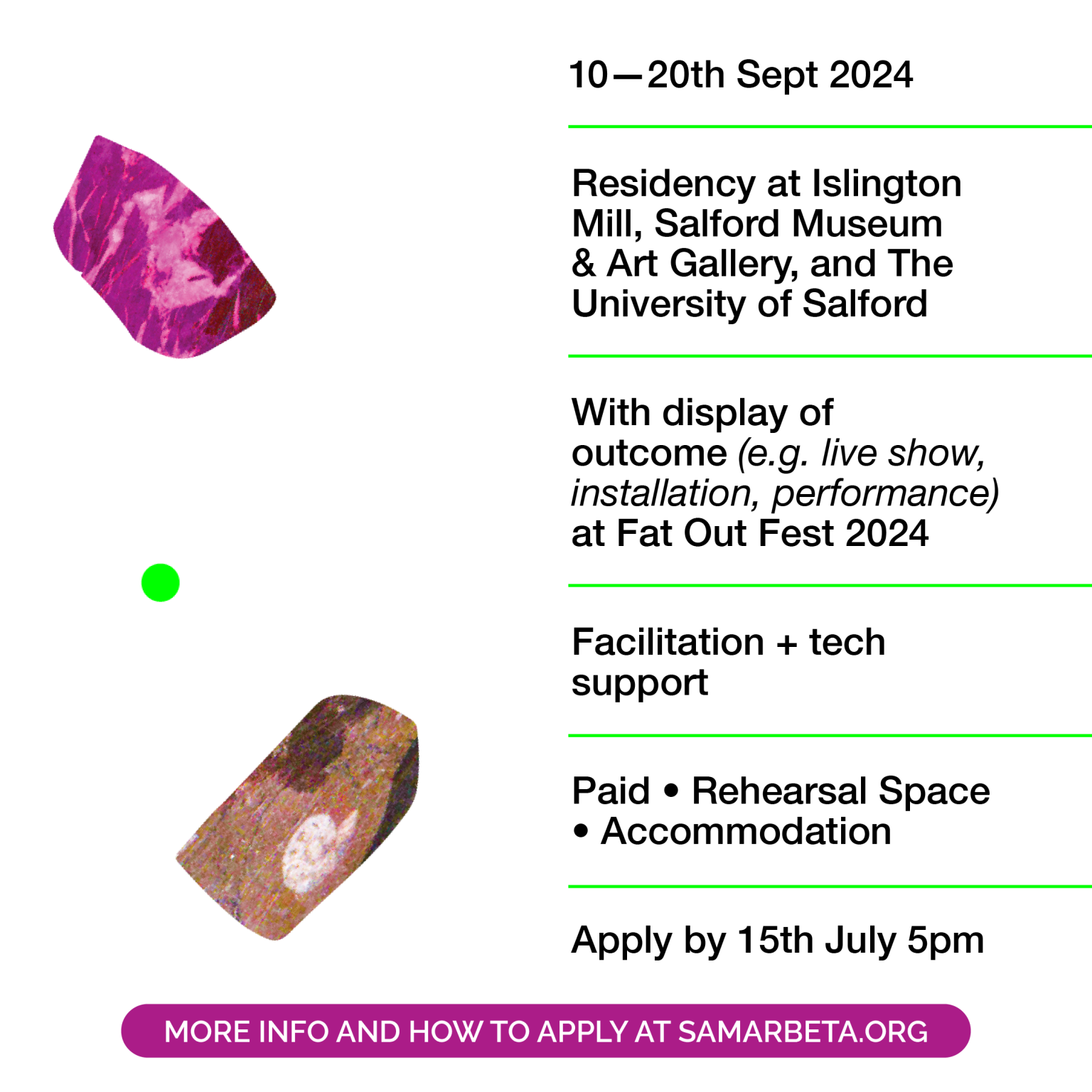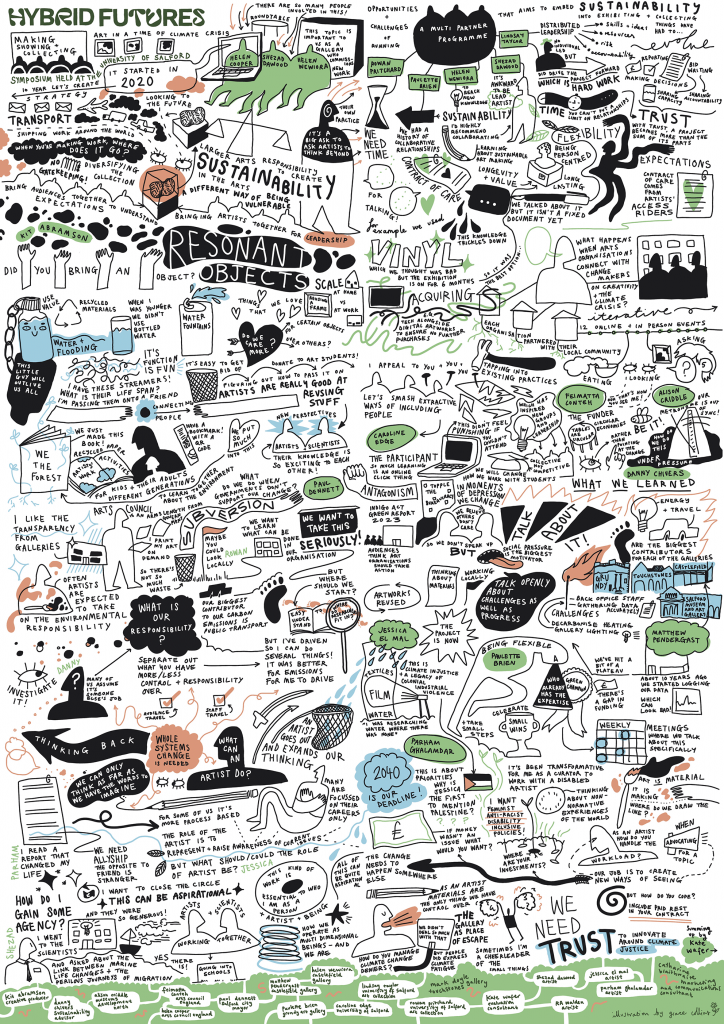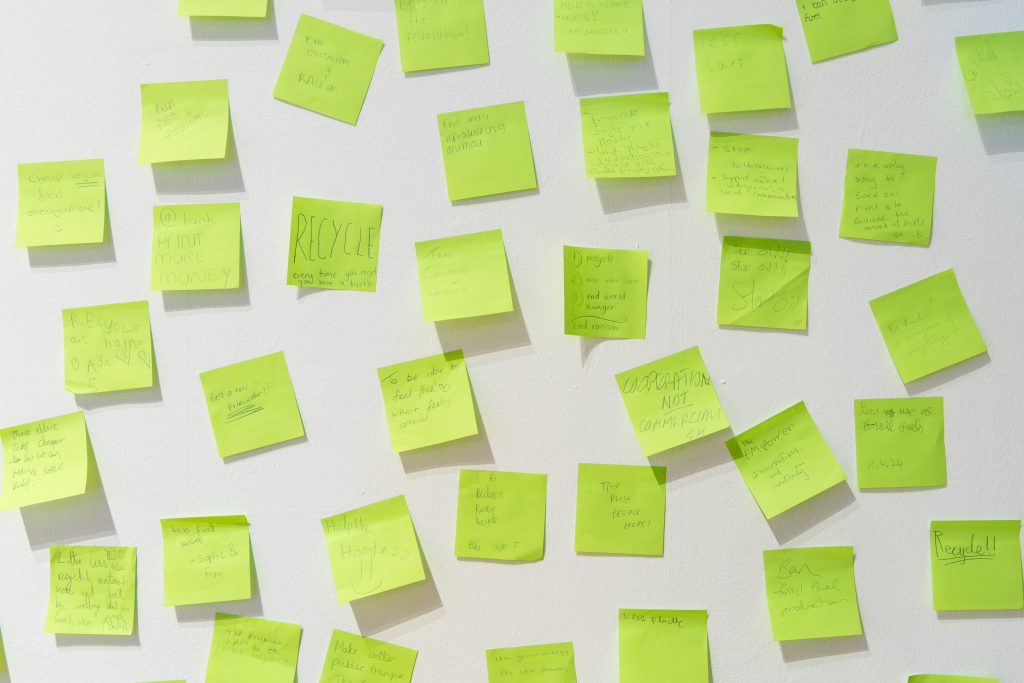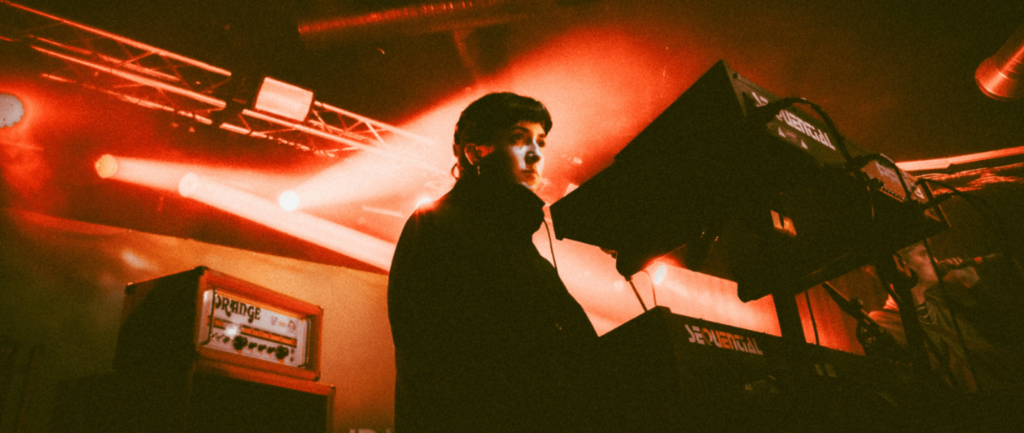
PERFORMANCE COMMISSION FOR FAT OUT FEST IN SALFORD MARKS THE CONCLUSION OF HYBRID FUTURES
From the Other, University of Salford Art Collection & IKLECTIK present a brand new interactive A/V show from Hypersea in response to the Hybrid Futures exhibition.
Working Men’s Club synth player Hannah Cobb will be undertaking a 10 day Samarbeta residency in the run up to the Fat Out Fest to develop a performance under her artist persona, Hypersea.
This new work will be premiered to an intimate audience on Friday 20 September at Salford Museum & Art Gallery within the Hybrid Futures exhibition.
Hypersea will develop a performance starting with ideas surrounding fluidity, interconnectivity and notions of collectivity, inspired by Shezad Dawood’s work ‘Leviathan: From the Forest to the Sea’, currently showing in Hybrid Futures. The work will evolve over the residency at Islington Mill, facilitated by the Samarbeta music residency programme. It will incorporate instruments built in Max/MSP, data sonification and visualisation, and explorations into motion-controlled A/V, moving towards a final work in which the movements of audience members in the space will contribute to the overall soundscape of the installation.
The work produced will be an immersive sonic and visual experience, where the physical bodies of audience members paired with processes developed using machine learning techniques will collectively form the final outcome.
The evening starts at 7pm with a chance to view the exhibition before it closes on Sunday 22nd September. Following a support act (TBC) at 8pm, Hypersea will perform at 9pm. A pay bar will be open.
Tickets are on sale from https://www.fatout.info/
Sliding scale pricing £8 (low income) – £12 (standard) £15 – (solidarity)
Please note the Hybrid Futures exhibition will close early at 3pm on 20th September.
In Partnership with Samarbeta, University of Salford Art Collection, and IKLECTIK
